Bathroom cabinets, especially white ones, are often the unsung heroes of our homes. They store our essentials, hide our clutter, and contribute to the overall aesthetic of our bathrooms.
However, these cabinets can also become a breeding ground for mold. This is due to the high humidity and lack of ventilation often found in bathrooms.
Mold not only ruins the appearance of your cabinets but can also pose serious health risks. It's crucial to know how to treat and prevent it effectively.
In this guide, we will discuss how to clean bathroom cabinets. We'll also share preventative measures to keep mold at bay.
Whether you're a homeowner, a DIY enthusiast, or someone dealing with a mold issue, this guide is for you.
Understanding Mold in Bathroom Cabinets
Mold is a type of fungus that thrives in damp, dark, and poorly ventilated areas. This makes bathroom cabinets a common site for mold growth.
Exposure to mold can lead to health issues. These include allergies, respiratory problems, and other ailments.
It's important to understand that mold growth is often a sign of excessive moisture. High humidity levels in bathrooms contribute to this problem.
Therefore, to effectively treat and prevent mold, you must address the root cause. This usually involves controlling humidity and improving ventilation.
Signs of Mold in Your Bathroom Cabinets
Detecting mold early can prevent extensive damage. White bathroom cabinets can show mold more visibly, aiding early detection.
Mold often appears as discolored spots on your cabinets. These spots can be black, green, or even pink.
A musty odor is another common sign of mold. If your bathroom has a persistent musty smell, it's worth checking your cabinets for mold.
Remember, mold can grow behind cabinets too. So, if you notice any signs, a thorough inspection is necessary.
Immediate Steps to Remove Mold from Bathroom Cabinets
Once you've identified mold in your bathroom cabinets, immediate action is necessary. Start by wearing protective gear. Gloves and masks are essential to protect yourself from mold spores.
Identify the source of moisture. This could be a leak or high humidity. Fixing this issue is crucial to prevent mold recurrence.
Next, remove all items from the cabinet. Discard any heavily mold-infested items. It's sometimes the best course of action.
Clean the cabinet using a suitable mold removal solution. Remember to follow the instructions on the product label.
After cleaning, thoroughly dry the area. This step is essential to prevent mold from returning.
Natural Remedies for Mold Removal
Natural cleaning solutions can be effective against mold. Vinegar is a popular choice. It's non-toxic and kills most types of mold.
To use vinegar, fill a spray bottle with white distilled vinegar. Spray it on the moldy area. Let it sit for an hour, then wipe clean.
Baking soda is another natural mold remover. Mix a quarter tablespoon baking soda with water in a spray bottle. Shake well, spray on the mold, scrub, and rinse.
Tea tree oil, although more expensive, is also effective. Mix two teaspoons of tea tree oil with two cups water, spray, leave it for an hour, then wipe.
When to Use Chemical Mold Removers
For persistent mold, chemical removers may be necessary. A mixture of bleach and water can be used. However, it should be handled with care.
Commercial mold removal products are also available. These should be used as directed and with proper safety precautions.
Remember, chemical removers can be harsh. They may discolor or damage your cabinets. Always test on a small area first.
Lastly, if mold is extensive, professional remediation may be necessary. Don't hesitate to call in the experts when needed.
Preventative Measures for Mold in Bathroom Cabinets

Preventing mold is easier than removing it. The key is to create an environment where mold can't thrive.
Mold loves damp, dark, and poorly ventilated areas. Therefore, maintaining low humidity levels and good ventilation is crucial.
Sealing wood cabinets with appropriate products can protect them from moisture. Using mold-resistant paint or primer on bathroom cabinets can also help.
Items stored in bathroom cabinets should be kept dry and clean. Regular inspections for leaks or condensation can prevent mold problems.
Maintaining Proper Ventilation and Humidity Levels
Proper ventilation is key to preventing mold. Using exhaust fans can help reduce moisture.
Allowing natural light into the bathroom can also be beneficial. Sunlight can help prevent mold growth.
Dehumidifiers can assist in maintaining low humidity levels. They are especially useful in bathrooms without adequate ventilation.
Ensuring that bathroom fixtures like showers and sinks are properly sealed can prevent water leaks into cabinets.
Regular Cleaning and Maintenance
Regular cleaning and drying of bathroom cabinets can prevent mold spores from settling. Here are some tips:
- Wipe down the shower area after use.
- Open cabinet doors to air out after showers.
- Regularly wash bathroom rugs and shower curtains.
- Use silica gel packets in bathroom cabinets to absorb excess moisture.
- Check for plumbing issues regularly.
Remember, simple habits can make a big difference in mold prevention.
Choosing Mold-Resistant Materials for Bathroom Cabinets
When choosing materials for your bathroom cabinets, consider mold-resistant options. Non-porous materials like glass or metal are less susceptible to mold.
Also, consider using paint with mildewcides for bathroom cabinets. These paints are designed to inhibit the growth of mold and mildew, providing an extra layer of protection.
FAQs on Mold Prevention in Bathroom Cabinets
Many homeowners have questions about mold prevention in bathroom cabinets. Here are some frequently asked questions and their answers.
- What causes mold in bathroom cabinets?Mold thrives in damp, dark, and poorly ventilated areas. High humidity levels in bathrooms contribute to mold growth.
- How can I prevent mold in my bathroom cabinets?Regular cleaning and drying of bathroom cabinets can prevent mold. Also, maintaining proper ventilation and humidity levels is crucial.
- What are some natural remedies for mold removal?Natural cleaning solutions like vinegar, baking soda, and tea tree oil can be effective against mold.
- When should I call a professional for mold remediation?If mold is extensive or if you have health issues such as allergies or respiratory problems, professional remediation may be necessary.
Final Thought and Next Steps
Mold prevention in bathroom cabinets is a crucial part of maintaining a healthy home environment. By following the steps outlined in this guide, you can effectively treat and prevent mold in your bathroom cabinets.
Remember, consistency is key. Regular cleaning, proper ventilation, and humidity control are your best defenses against mold. Start your mold prevention routine today and enjoy a cleaner, healthier bathroom.


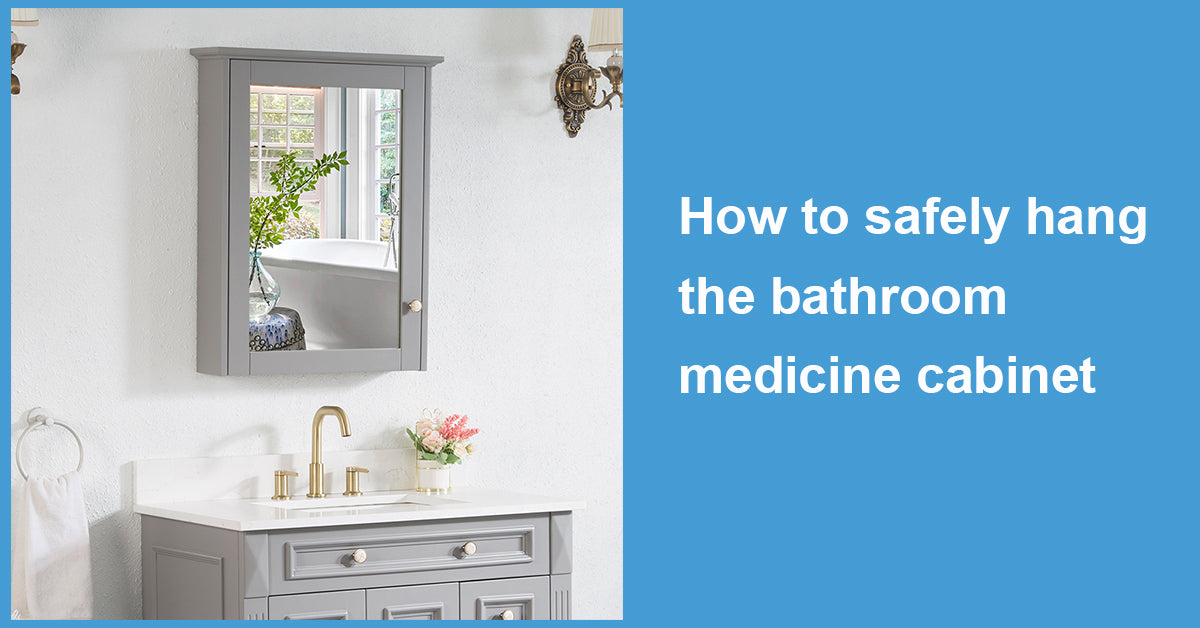
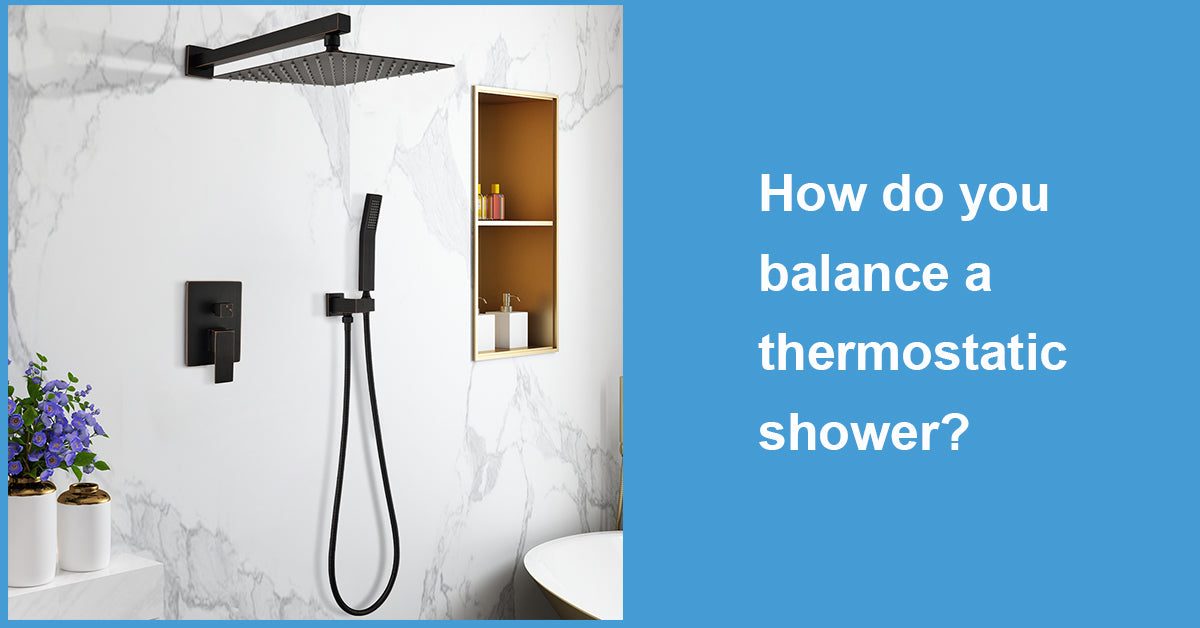
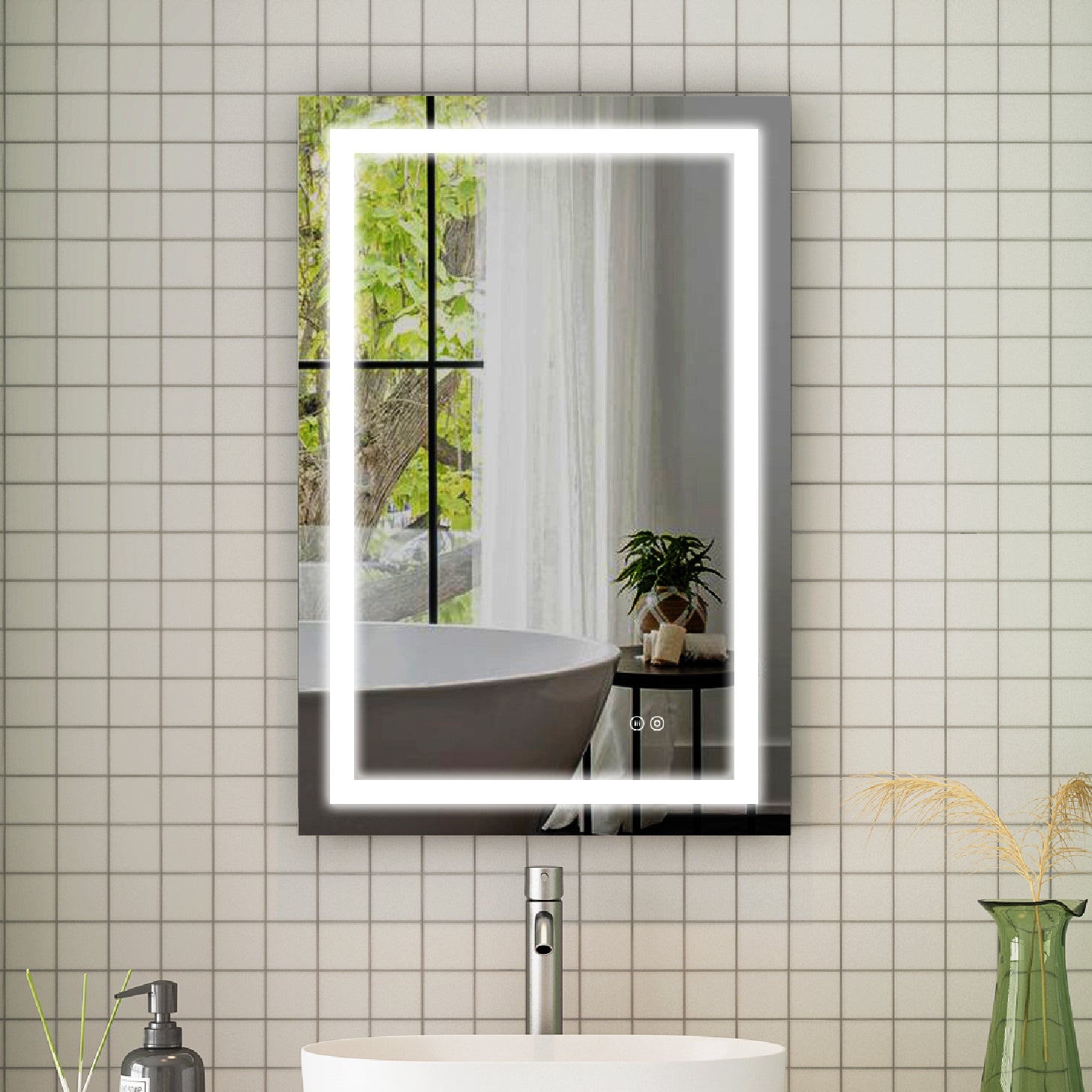

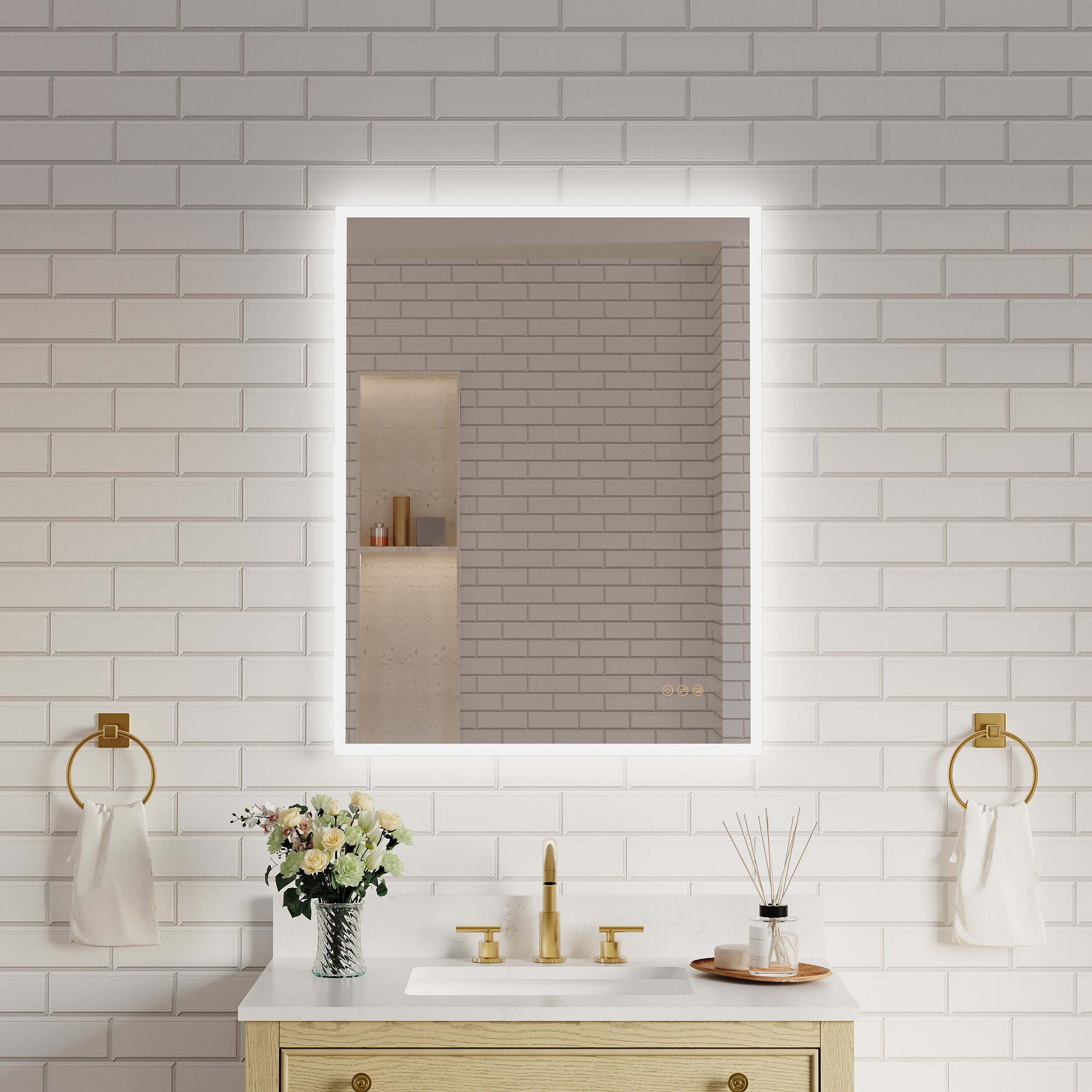


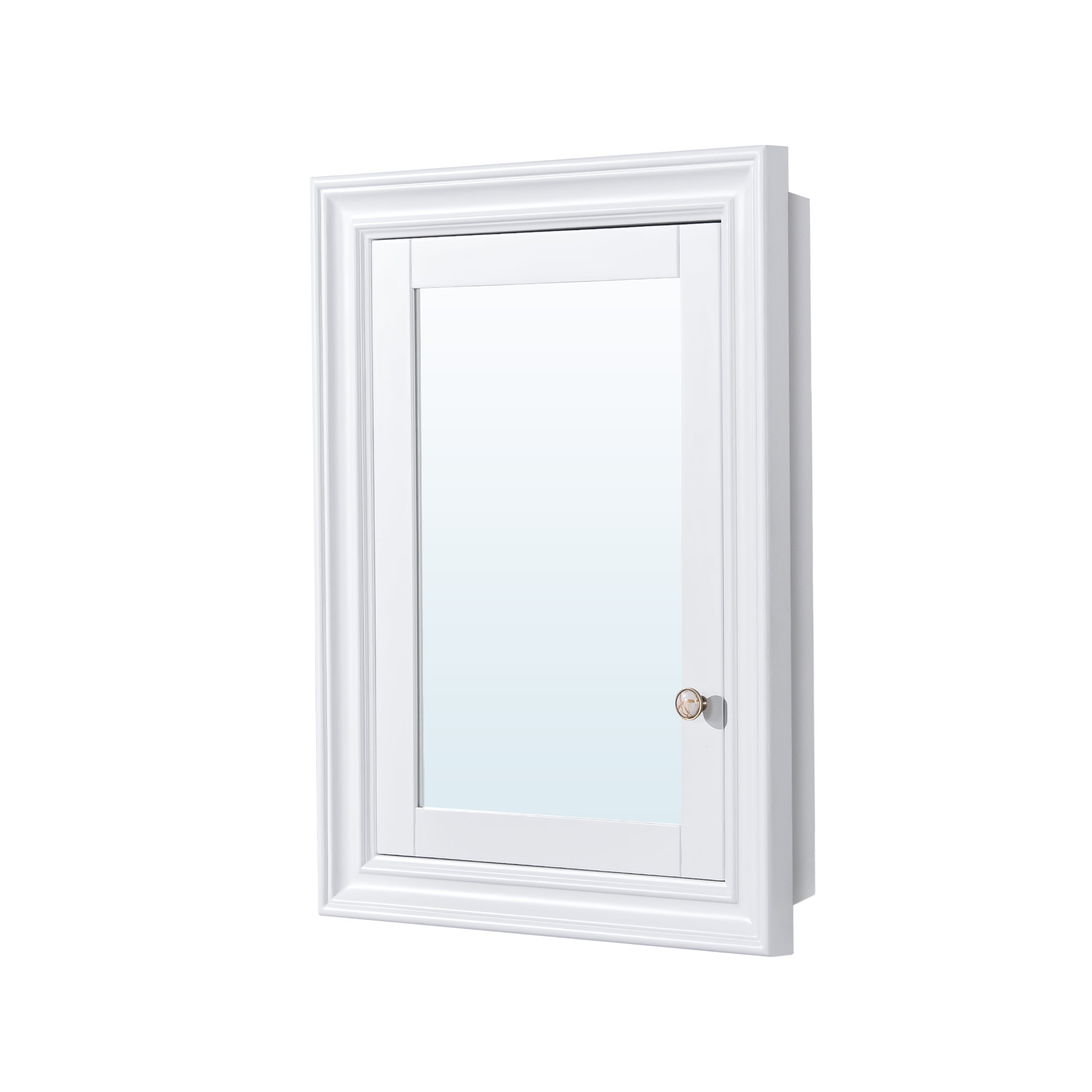
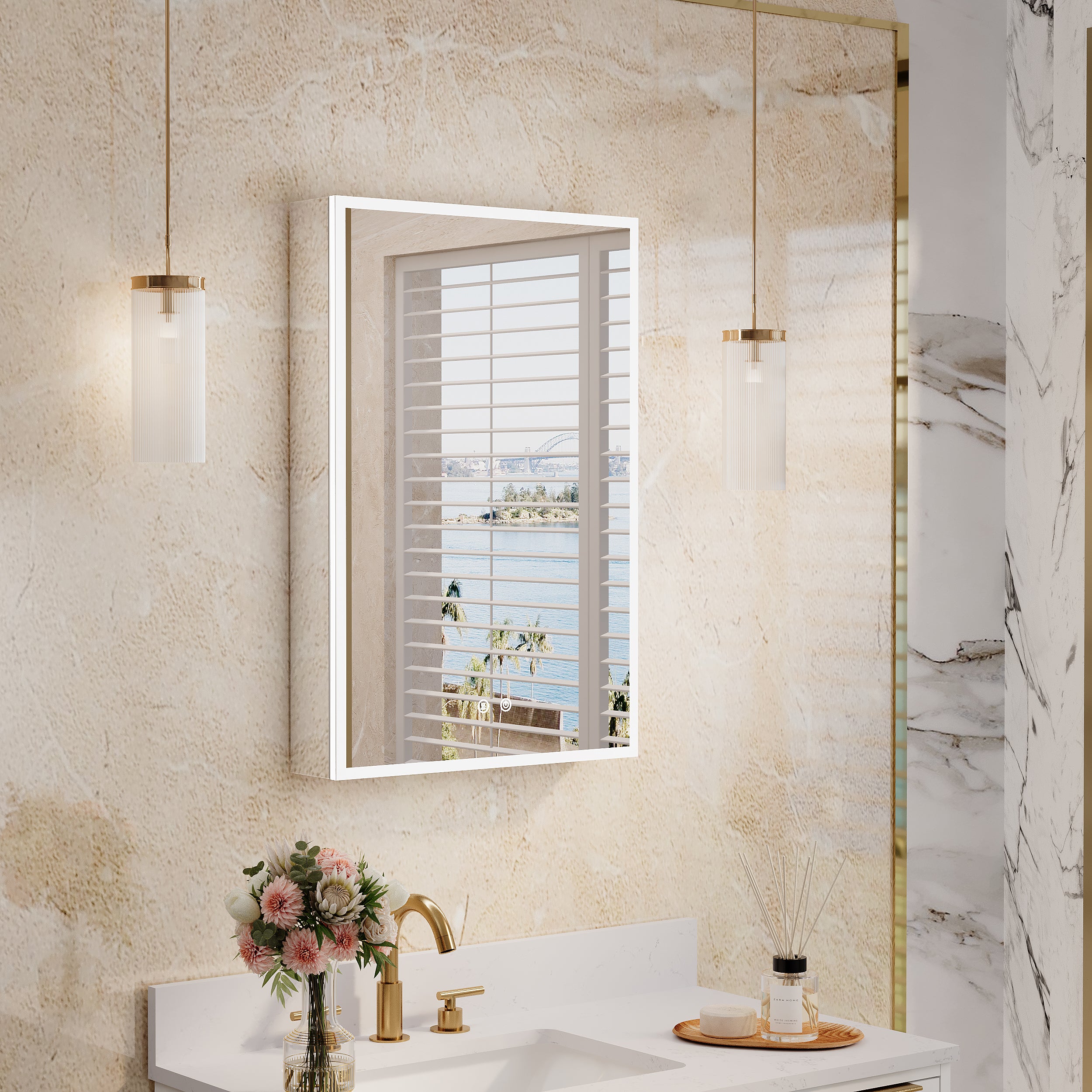
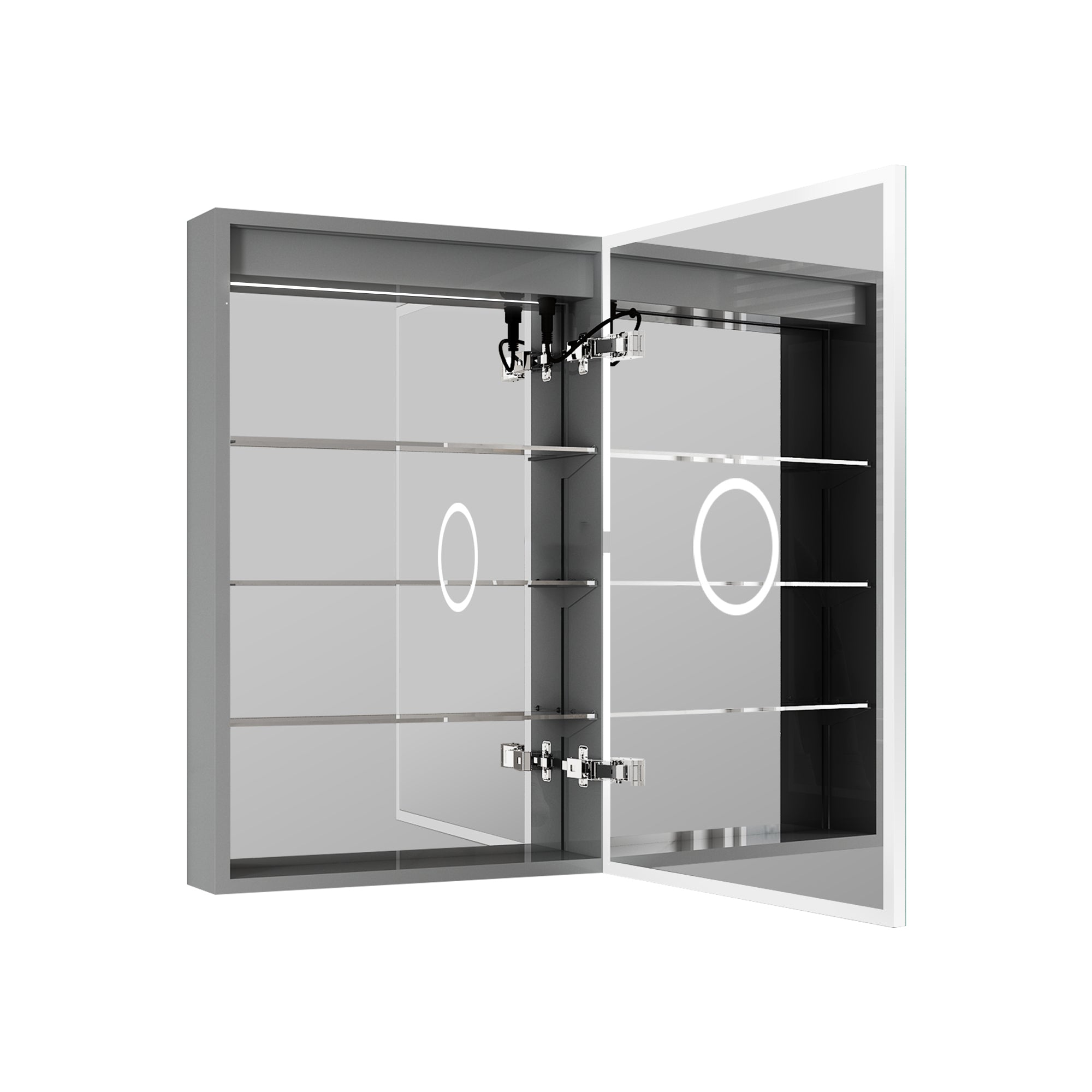
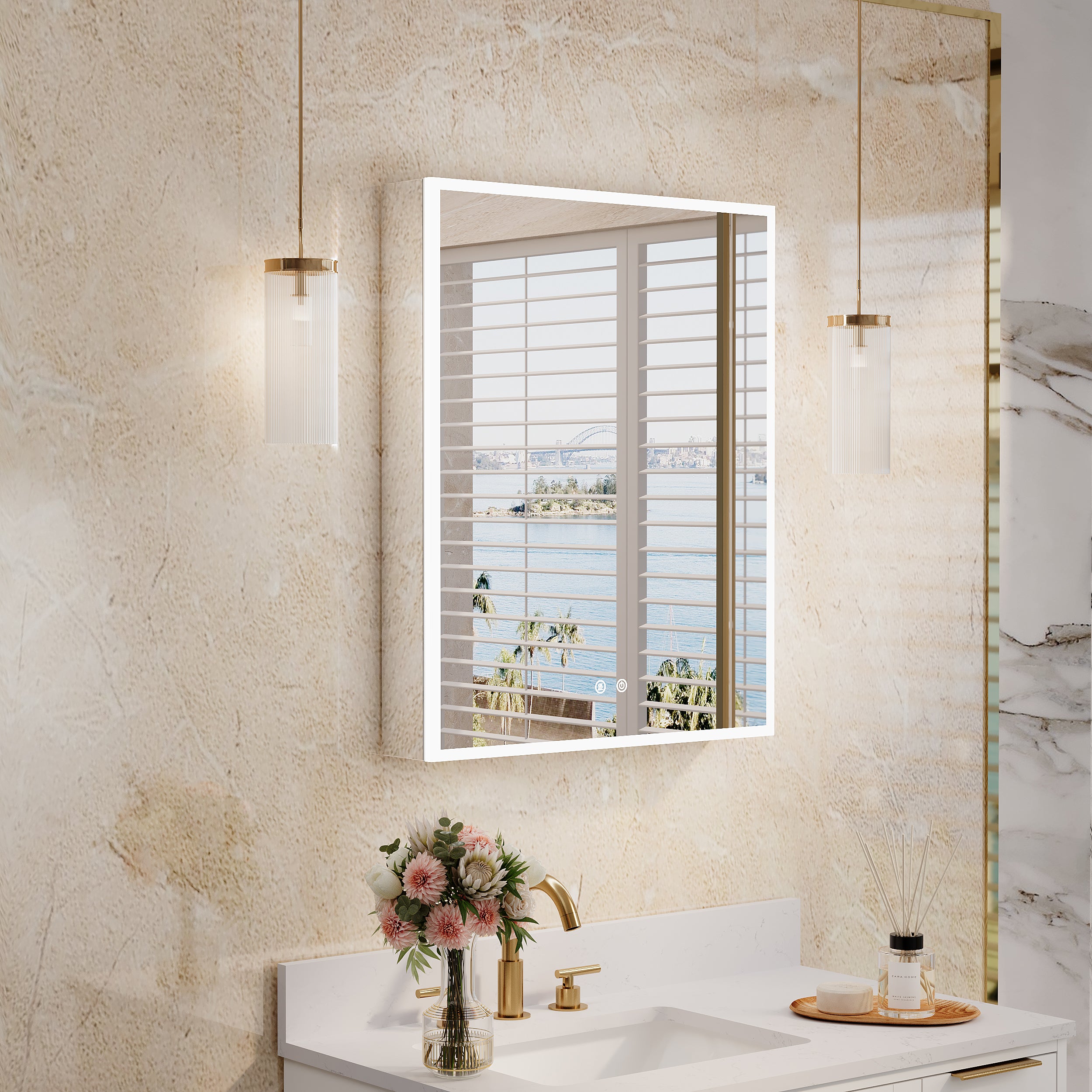
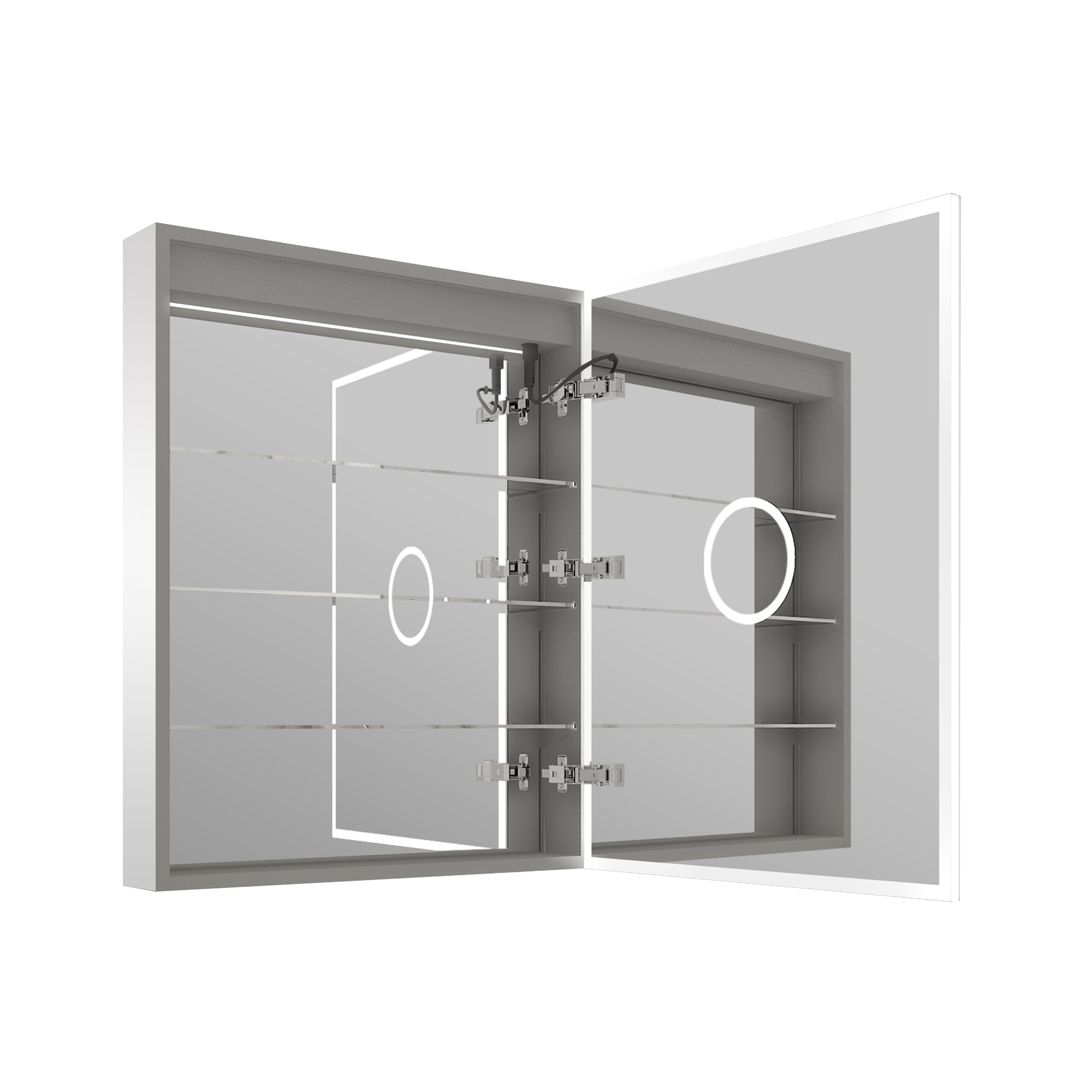


Leave a comment
This site is protected by hCaptcha and the hCaptcha Privacy Policy and Terms of Service apply.